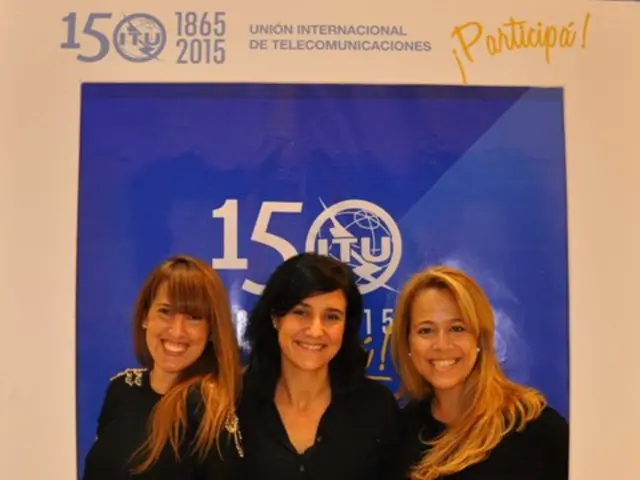Uncovering the Web of the Manhattan Project: Revealing Scientific Advancements, Partnerships, and the Human Impact
The Manhattan Project, a monumental intellectual effort in human history, can now be better understood through the lens of network analysis. This approach, which treats the project as a large-scale scientific collaboration network, sheds light on the complex patterns of collaboration, joint efforts, and multidisciplinary collaboration that allowed great minds to connect, work in teams, and succeed at such an enormous scale.
By mapping and analyzing the relationships among scientists, research activities, institutions, and knowledge flows involved in the project, network analysis reveals how intellectual dependencies, information sharing, and multidisciplinary collaboration contributed to the complex scientific and engineering efforts of the Manhattan Project.
The author of this study, a physicist turned network scientist, constructed a network of 316 individuals connected by 1,099 ties of various strengths. The network uncovers key collaboration patterns among scientists across different laboratories and disciplines involved in nuclear physics, chemistry, engineering, and military coordination.
One of the most prominent clusters in the network is the purple community, which includes John von Neumann, Robert Wilson, Robert Serber, James Chadwick, and the Nobel laureate Eugene Wigner. Wigner, who is prominently in the upper-right corner of the network, is connected to this community. Unfortunately, von Neumann was left out of Christopher Nolan's film portrayal of Oppenheimer.
Another significant cluster is the Theoretical Division, represented by stars like Edward Teller, Richard Feynman, and Hans Bethe. Meanwhile, Enrico Fermi's green cluster includes Anderson, Szilárd, Compton, and Zinn, who reached the milestone of the self-sustaining chain reaction using uranium and gave birth to the first nuclear reactor, the Chicago Pile-1.
The Hungarian immigrant Martians (Teller, Wigner, Szilard, and Neumann) were hard to spot in the network initially, but upon highlighting them, their connections reveal they were closely linked and well embedded in the American scientific community at that time.
The author also found unconventional contributors, such as an ornithologist, a tea room owner, a journalist, an artist, a basketball player, and a photographer, among others, who played significant roles in the project. The author manually categorized each person based on occupation, leading to a distribution that includes physicists, chemists, and engineers as the most common occupations.
The project had devastating consequences during and after the atomic bombings of Hiroshima and Nagasaki, resulting in the loss of hundreds of thousands of human lives. However, the historical significance and multi-institutional nature of the project make it an excellent case study for network analysis. Techniques like the Program Evaluation and Review Technique (PERT), developed during related Cold War R&D efforts, model complex networks of dependent events and could be used similarly to analyze the sequences and interdependencies in the Manhattan Project's technical tasks.
Contemporary graph-based approaches in research networks can illuminate thematic links and intellectual structures in complex scientific undertakings. In essence, network analysis applied to the Manhattan Project can identify pivotal nodes, reveal knowledge flow pathways, analyze project scheduling and task dependencies, and map collaboration patterns among scientists across different laboratories and disciplines. Such insights enrich our understanding of scientific collaboration on groundbreaking projects and highlight organizational and intellectual factors that drive innovation in large-scale, high-stakes research programs like the Manhattan Project.
Figure 2 presents a vibrant visualization of key players in modern physics, including Nobel laureates Arthur Compton, Enrico Fermi, Niels Bohr, and Ernest Lawrence, as well as J. Robert Oppenheimer and Edward Teller. The project, which operated from 1942 to 1946, was a testament to human achievement, as portrayed in Christopher Nolan's film.
In conclusion, network analysis can be applied to nearly any social system, quantitatively capturing the invisible relations, and helping to interpret the hidden patterns underneath. This study provides a valuable addition to our understanding of the Manhattan Project, offering new perspectives on the complex collaboration and intellectual dependencies that drove this remarkable intellectual effort.
- The complex patterns of collaboration, joint efforts, and multidisciplinary collaboration during the Manhattan Project were uncovered through network analysis, highlighting the roles of key individuals like John von Neumann, Robert Wilson, and Eugene Wigner in the science and technology aspects of the project.
- According to the study, the application of network analysis to the Manhattan Project not only identified pivotal nodes and knowledge flow pathways but also analyzed project scheduling and task dependencies, emphasizing the role of science, technology, and their interconnections in driving innovation in large-scale, high-stakes research programs.




